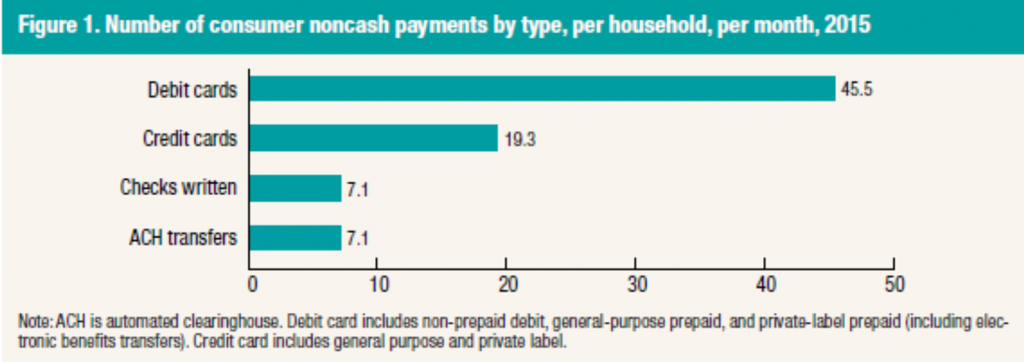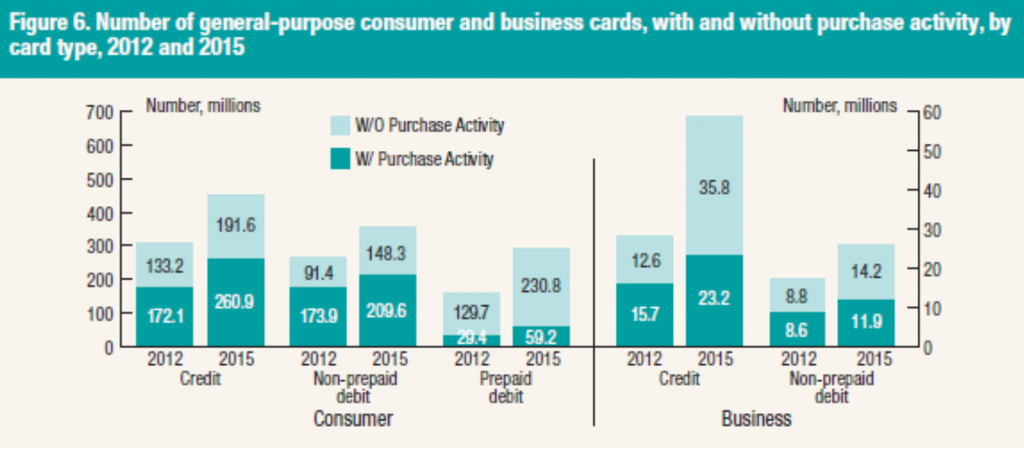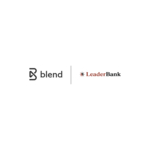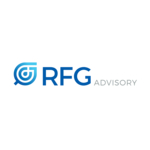Fed Payments Study: Noncash Payments Soar amid Check Decline
Consumers wrote nearly two-thirds fewer checks per household in 2015 than in 2000, while total noncash payments per household, which includes checks, card payments and electronic transfers via ACH, expanded almost 95 percent, according to additional results released June 30 from the “2016 Federal Reserve Payments Study.” While the numbers are encouraging to those facilitating electronic payments, prepaid providers have some work to do to gain market share.
 The number of checks written per household fell from 19.3 per month in 2000 to 7.1 in 2015, while total noncash payments increased from 40.3 to 78.6 per month, reflecting fundamental shifts in consumer behavior such as changes in shopping, purchasing and bill payment habits, according to the Federal Reserve. At the same time, businesses also increasingly replaced check payments with other noncash payments.
The number of checks written per household fell from 19.3 per month in 2000 to 7.1 in 2015, while total noncash payments increased from 40.3 to 78.6 per month, reflecting fundamental shifts in consumer behavior such as changes in shopping, purchasing and bill payment habits, according to the Federal Reserve. At the same time, businesses also increasingly replaced check payments with other noncash payments.
The information supplements initial results released last December. The report also contains data on major trends in payment card, ACH and check payments, as well as alternative payment initiation methods and services, from 2012 to 2015. Highlights include:
- The aggregate ranking in 2015 of the number of noncash payments by payment type differed substantially for consumers and businesses. The use of non-prepaid debit cards was the most popular payment type among consumers, followed by general-purpose credit cards, checks and ACH debit transfers.
- For businesses, ACH credit transfers were the most popular, followed by checks, general-purpose credit cards and non-prepaid debit cards.
- Growth in selected alternative payment initiation methods and services, such as payments initiated via a mobile device, payments made through specialized services for person-to-person payments, and payments using online payment authentication methods, was strong from 2012 to 2015.Compared to the total number and value of noncash payments, however, the total number and value of payments using these methods remains low.
 The Federal Reserve now is collecting information on the number and value of noncash payments made during 2016 as part of a smaller and more targeted data collection effort intended to allow for annual updates to estimates and trends in noncash payments between the major studies, which are published every three years. The annual supplement is expected to be released in the fourth quarter of 2017.
The Federal Reserve now is collecting information on the number and value of noncash payments made during 2016 as part of a smaller and more targeted data collection effort intended to allow for annual updates to estimates and trends in noncash payments between the major studies, which are published every three years. The annual supplement is expected to be released in the fourth quarter of 2017.
Related stories:











































